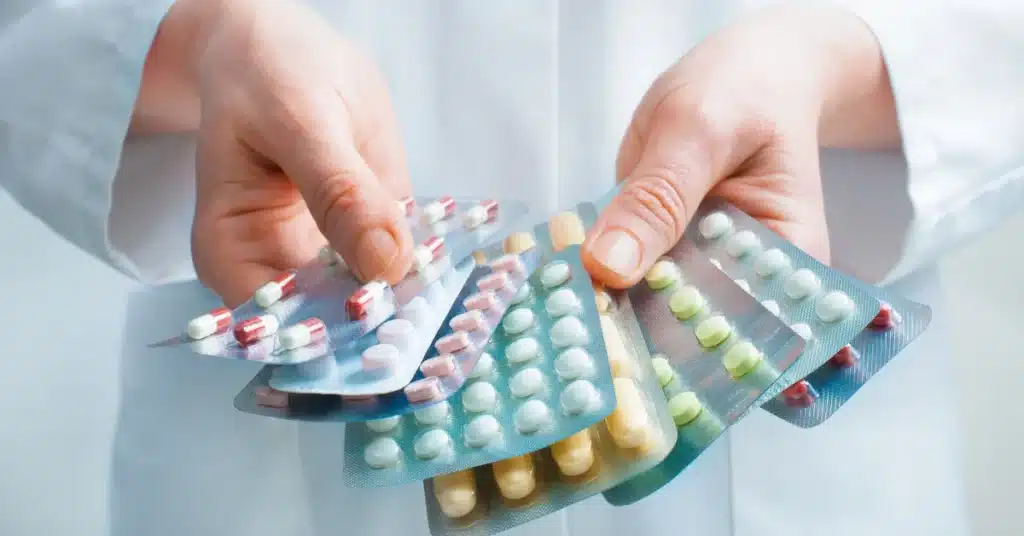Burning Sensation in Testicle Area in STDs: Exploring the Connection, Treatment, and Prevention
A burning sensation in the testicle area can be a concerning symptom that requires prompt attention.
The testicle area is also known as the scrotum. It includes the testicles (testes) and the surrounding protective skin and tissues.
One potential cause that often raises concern regarding burning sensation in this area is the occurrence of Sexually Transmitted Diseases (STDs).
Several STDs can manifest with symptoms that include a burning sensation or discomfort in the genital region.
It is important to note that various other non-STD-related conditions can also cause a burning sensation in the testicle area.
This article will delve into the phenomenon of a burning sensation in testicle area in STDs as well as in conditions other than STDs.
Common STDs and testicle discomfort
There are some common STDs that can cause testicle discomfort, including a burning sensation in the testicle area.
It includes the following:
Chlamydia
Chlamydia, a common STD, is a bacterial infection that can affect the genital tract.
In some cases, it may cause pain, a burning sensation, or discomfort in the testicle area.
It’s essential to get tested for Chlamydia if you experience such symptoms.
Early detection and timely treatment are crucial to prevent complications.
Gonorrhea
Gonorrhea, another bacterial infection, can lead to testicular discomfort.
This STD can cause inflammation and pain in the testicles, along with other symptoms such as discharge and pain during urination.
Genital Herpes
Herpes Simplex Virus (HSV) can cause painful sores and lesions.
In some cases, these sores may develop in the genital area, leading to a burning sensation and discomfort in the testicles.
Syphilis
Syphilis is an infection that is caused by the bacterium Treponema Pallidum. It is primarily transmitted through sexual contact.
The disease progresses through different stages, and the initial stage often involves the development of a painless sore known as a chancre.
The chancre typically appears at the site of infection, which can be the genitals, rectum, or mouth.
If left untreated, this infection can progress to later stages, where it may affect various organs.
This can lead to widespread symptoms, including a burning sensation in the testicle area.
Non-STD factors
Factors other than an STD can also contribute to a burning sensation in the testicle area.
Epididymitis, inflammation of the epididymis, can cause a burning sensation and discomfort.
Infections of the urinary tract can also lead to pain and a burning sensation during urination, which may radiate to the testicle area.
Identifying the specific cause is vital for effective treatment.
STD-related burning sensations may be accompanied by symptoms like bumps on the genitals or unusual sores.
These signs can help differentiate between STD and non-STD causes.
However, seeking professional medical evaluation is essential.
A healthcare provider may perform tests, including STD screenings, to identify the underlying cause of the burning sensation.
Treatment approaches

If an STD is identified as the cause, prompt treatment with antibiotics is crucial.
Commonly prescribed antibiotics include Azithromycin, Doxycycline, or Ceftriaxone, depending on the specific infection.
In cases where inflammation contributes to the burning sensation, anti-inflammatory drugs may be prescribed to alleviate discomfort.

Erase discomfort, embrace relief – conquer STDs swiftly!
Reclaim your health with superior antibiotic solutions from WowRx.
Levoflox 750mgCiplox 250mgPreventive measures
There are some preventive steps that should be taken to manage STDs carefully.
It includes the following:
Safe sex practices

Practicing safe sex, including consistent and correct condom use, is crucial to prevent the transmission of STDs.
Open communication with sexual partners about sexual health is equally important.
Regular STD testing
Regular testing for STDs, especially if sexually active with multiple partners, helps in early detection and timely treatment.
This proactive approach reduces the risk of complications.
Conclusion
Experiencing a burning sensation in the testicle area can be discomforting.
Sexually Transmitted Diseases (STDs) such as Chlamydia, Gonorrhea, Genital Herpes, and Syphilis may contribute to this discomfort.
However, it’s crucial to recognize that other non-STD factors like Epididymitis, Urinary Tract Infections, and trauma can also be responsible for the problem.
If you find yourself facing this discomfort, seeking timely medical advice is crucial.
Treatment approaches often involve the use of antibiotics such as Azithromycin, Doxycycline, or Ceftriaxone, depending on the specific infection.
Preventive measures, including safe sex practices and regular STD testing, play a crucial role in managing and preventing the transmission of STDs.
Frequently Asked Questions
Can STDs cause a burning sensation in the testicle area?
Yes, several Sexually Transmitted Diseases (STDs) can cause a burning sensation in the testicle area. Conditions such as Chlamydia, Gonorrhea, Genital Herpes, and Syphilis may contribute to discomfort and pain in the genital region.
What are the reasons for the burning sensation in the testicle area?
The burning sensation in the testicle area can be attributed to various factors. STDs are common culprits, including Chlamydia, Gonorrhea, Genital Herpes, and Syphilis. Additionally, non-STD factors such as Epididymitis, UTIs, and trauma can contribute to this discomfort.
How to treat discomfort in the testicle area caused by STDs?
If discomfort in the testicle area is caused by an STD, prompt medical attention is crucial. Treatment usually involves the use of antibiotics, such as Azithromycin, Doxycycline, or Ceftriaxone, depending on the specific infection. Anti-inflammatory drugs may also be prescribed in some cases.
What are the preventive measures for STDs?
Preventive measures for managing STDs include practicing safe sex and correct condom use. Open communication with sexual partners about sexual health is equally important. Regular STD testing helps in early detection and timely treatment, reducing the risk of complications.
WowRx uses only high-quality sources while writing our articles. Please read our content information policy to know more about how we keep our content reliable and trustworthy.






